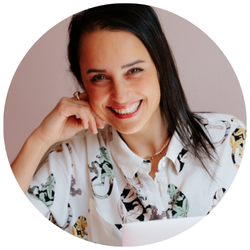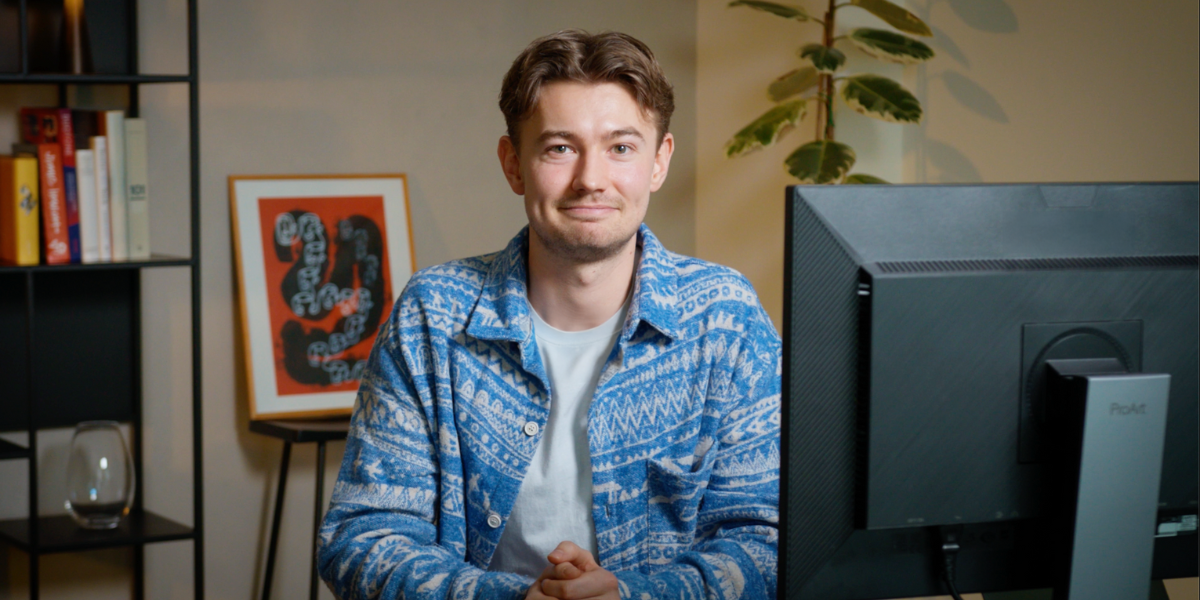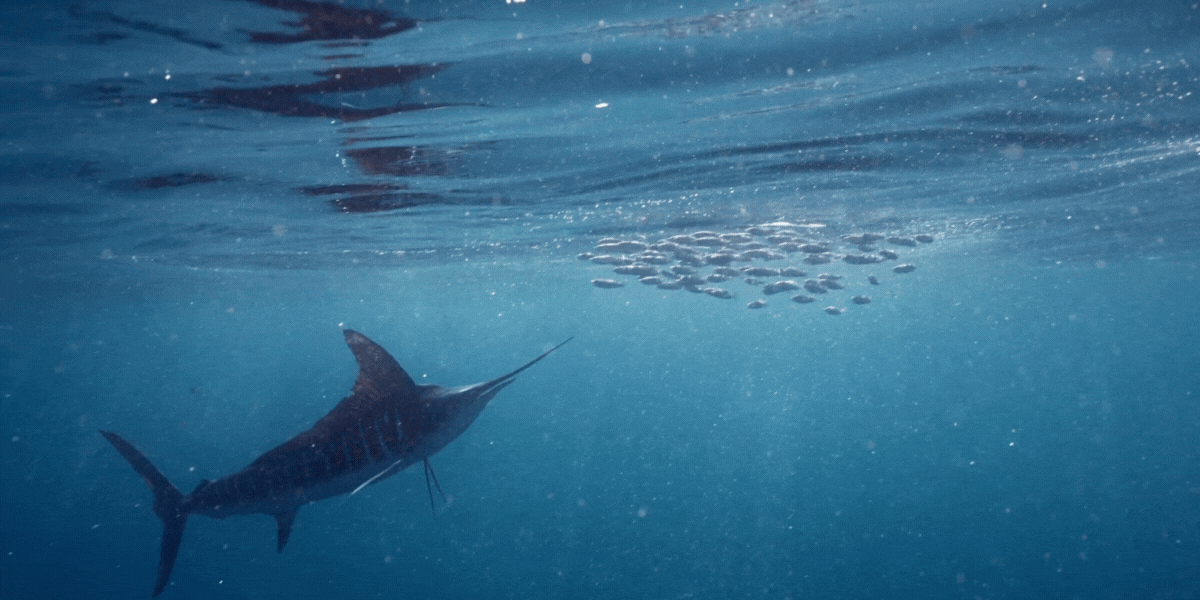Wait. Is our ability to focus really dying?
Well, the experts certainly seem to think so…
Gloria Mark, in her fascinating book Attention Span: A Groundbreaking Way to Restore Balance, Happiness and Productivity, reveals surprising results from her decades of research into how technology affects our attention. I also love the comprehensive list of the elements deeply affecting our focus by Johann Hari in his fantastic book Stolen Focus.
Now, evaluating attention, which is a very complex process, is incredibly challenging, so we’ll likely never know if our focus is truly shrinking compared to people of the past. But it is clear that in recent decades, there has been a massive transformation in our lifestyles and the way we focus that we still completely don't understand.
In this article, I want to focus on the four that I consider to be causing the most disruption in our lives:

The ability to focus is a delicate combination of a lot of elements, and these unprecedented times we are living in are seriously affecting it.
Here are the four elements I think are most disruptive to our lives:
1. Information Overload
This is a very new phenomenon. We've never seen our brains deal with this amount of info on a daily basis.
Information overload happens at an unconscious level. In order to understand this concept, it is helpful to understand that "the most important function of attention isn't taking information in, but screening it out" (from the book The Attention Economyby Thomas H. Davenport and John C. Beck).
Our brains have a limited capacity for processing info for an evolutionary reason — it guarantees that our brain is not overwhelmed by information. For that reason, in an environment with too much information — like our modern environment — the most important task our brain has is the filtering, which has become more and more taxing.
The load on this filter is enormous (as we’ve talked about before). It requires a lot of cognitive and physical energy. This can generate a lot of problems, even at an emotional level.
[READ MORE IN "CHALLENGES WRITERS FACE IN THE DIGITAL AGE."]
2. Attention As A Currency
At the same time as we're being inundated with information, we also have a market fiercely competing for our attention. They do this by trying to make things more and more interesting to us and other ways to get us hooked on their content.
Corporations and their algorithms shape our online experiences by selecting the content we see and aiming to keep us engaged for longer. While this seems helpful, the true goal is monetization: algorithms maximize ad revenue by using our data to target ads effectively.
Our attention, not money, is the valuable currency in the "Attention Economy." And this shift further reduces our ability to tear our attention away from where advertisers want it and instead focus on what we want to focus on.
[READ MORE IN "HOW INTERNET ALGORITHMS ARE DESIGNED TO TRAP US."]
3. Multitasking
We often attempt to "steal" our attention back from addicting online content and media by multitasking. We've all done this before. Maybe we "work" while also watching something on Netflix and also scrolling Instagram.
Bad news if this souds familiar. Multitasking isn't real.
Instead, we are rapidly switching between tasks, which reduces focus and increases errors. This switching creates "attention residue," where parts of previous tasks linger, impairing our performance.
To make matters worse, there's evidence that multitasking damages the brain's ability to recall information.
[READ MORE IN "WHAT MULTITASKING IS DOING TO YOUR BRAIN."]
4. Modern Technology
Since we use tools that are not meant to do just one thing but many different things, we often find ourselves involved in doing more than one thing at a time. (See the aforementioned multitasking.)
Until some time ago, driving while reading a text would have been weird and considered dangerous. Now, we drive while also watching the screen on the dashboard showing us directions.
And we've gotten more and more used to it. Our laptops, phones, and tablets are designed to do a thousand things, but that just contributes to our multitasking. And as we've already established, that's not good.
[READ MORE IN "YOUR LAPTOP IS KILLING YOUR WORD COUNT (AND YOUR MENTAL HEALTH)."]
Making Changes
All this together does not bring just a loss of focus and interest; it's a potential threat to our brain's ability to work properly. But is it our ability to focus that's shrinking? Or is it our willingness to focus?
Either way, it doesn't have to be like this.
There are some things we can and must do, because attention and focus are the most critical tools for creating the life we want and finding fulfillment. It's also the foundational block for memory, what we retain of our past, on which our vision of the future depends.
So how do we invert these alarming trends? Here's a starting point:
1. Work on motivation. Learning to find a purpose or meaning in what you do is like a cheat code. It will increase your motivation instantly. And you can do this for any task, small or large.
2. Train your attention. You can learn how to manage your attention better, and find a sustainable way forward for your body and brain. Rethink the myth of 24/7 productivity and focus because that will only deplete you. Instead, learn to put your attention where it's needed when it's needed.
3. Manage your exposure to information and stimuli. The absolute best solution I've found is to have a purpose-built tool for the most important tasks in your life. If you spend a lot of time on the phone get a phone that is just a phone. If you're a writer, use a Freewrite. In these cases, constraint means more freedom because you're intentionally building your focus on one thing.
These are just a few tactics you can try to build a lifestyle in which your focus is not constantly fractured. In which you can achieve the things you want to.




























